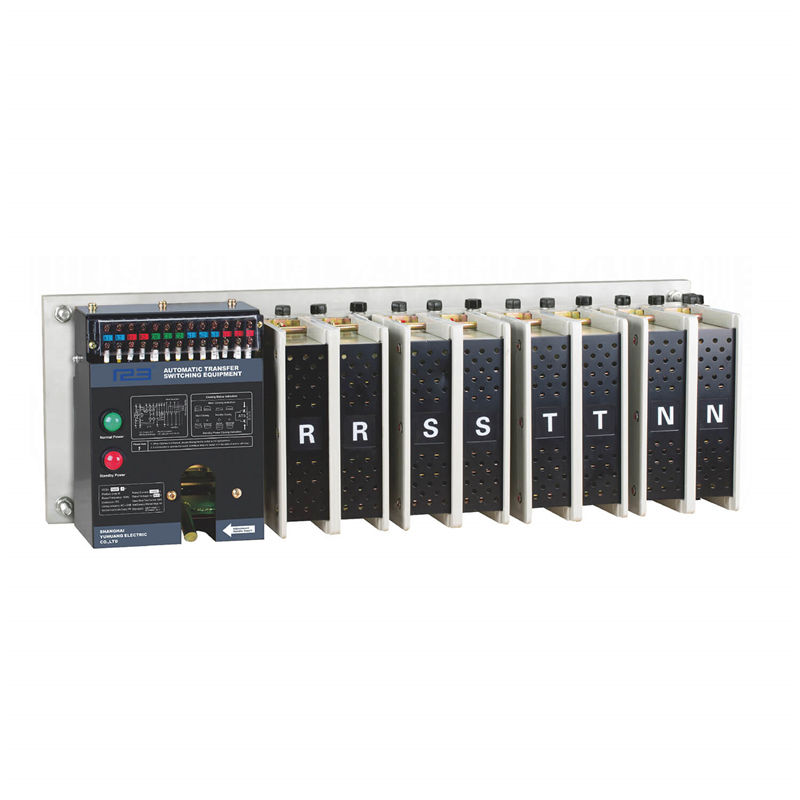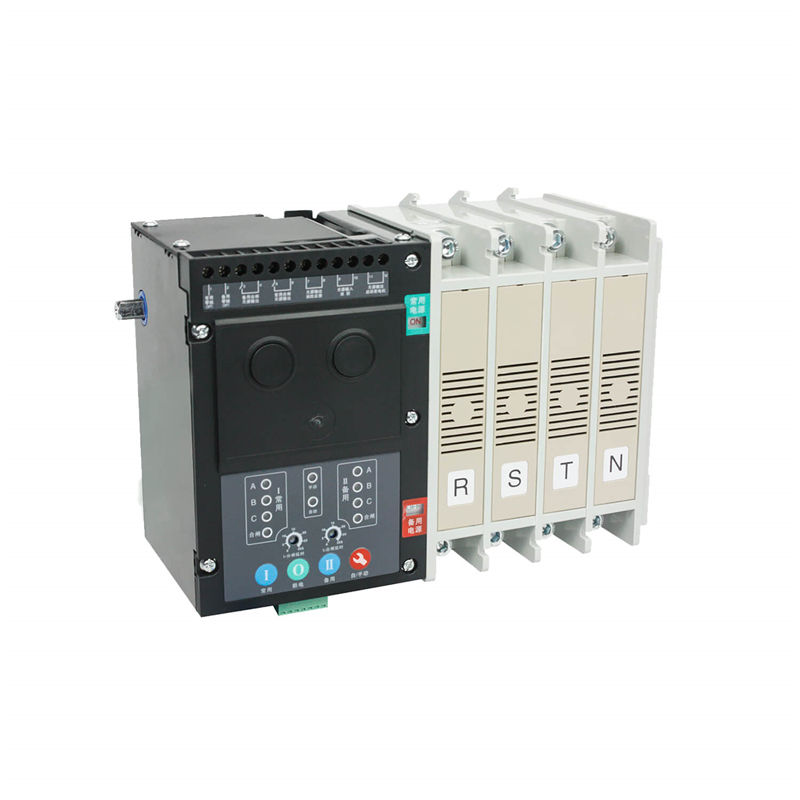Natural disasters, line maintenance, and other unavoidable factors can disrupt the essential thing we all depend on to live and work -- electricity.
Whether planned or unplanned, power outages will disrupt the pace of our life and work, and make enterprises suffer certain losses, and some losses are huge. However, if there is a suitable backup power supply solution, such as the presence of backup generators, the business can operate as usual despite the lack of power in the grid.
We discuss and compare two solutions to ensure that enterprises can rely on generator power supply for stable power supply, including manual interlocking and automatic transfer switch (ATS). Introduced here is the Energy Control Center, an innovative way to ensure sustainable electricity using renewable energy sources.
Standby power interlock kit in case of power failure: quick manual connection
A quick and easy way to connect a generator to a switchboard is to use a manual (also known as mechanical) interlocking kit. A quick and easy way to connect a generator to a switchboard is to use a manual (also known as a mechanical) interlocking kit.
Once the electrician has installed the mechanical interlock, you can manually transfer power between the utility and the generator by toggle switches. Although the solution is to manually, but it has a built-in security features, ensures that two way power supply can power supply (not at the same time the power supply).
Manual interlocking devices are installed more frequently in small businesses or places where power outages are infrequent. This is a good choice if your business doesn't need constant power or if you always have someone on site to flip the switch.
In conclusion, backup manual interlocking is a simple and cost-effective way to avoid costly power and equipment outages and ensure a safer and more reliable backup power supply.
Automatic change over switch
When the power to the critical load is turned off, the ATS recognizes the problem and automatically turns on the backup power without interruption. When the utility reopens, the ATS will also detect the source and switch back to its original setting.
There are a variety of ATS on the market, depending on the application. The size and rating of ATS designed for industrial, light industrial and commercial environments will vary according to your specific power needs. In addition, all ATS offer a high level of reliability and ruggedness suitable for enterprises in many industries. To learn about ATS options that are appropriate for your business, check out this leaflet. If your enterprise has IT power equipment, you may want to explore rack-mounted ATS options.
Compared with mechanical interlocks, ATS is more expensive to purchase and install. However, they are a worry-free solution for those in areas prone to power outages or who need constant power.
Energy control center
Another way businesses can stay "up and running" during outages is by using an Energy Control Center (ECC), an energy resilience solution that uses renewable energy generated on-site, such as wind, solar, and batteries.
Right now, with the grid down, much of the renewable energy generated on-site is unusable. This is because these distributed energy sources are directly connected to the grid. However, electricity generated by these renewable technologies can provide power during grid outages.
Suppose the power grid is knocked out by a weather event, such as a hurricane. ECC will recognize outages and automatically turn on another distributed energy source from your site, such as a generator, battery storage system, and so on. In addition, ECC prioritizes load as critical, basic or standard so that customers can maximize their energy utilization during prolonged outages.
Because they are more durable than other backup power options, ECCs are well suited for critical facilities and large enterprises that need stable power, as well as those that are already on site for renewable power generation. But the cost is very high.
Keep the power on
In order to make the enterprise do not stop because of power outage or create downtime and productivity loss.
The first step to ensuring energy resilience is to outline your backup power options and identify the right ones for your business. An electrical contractor may be able to help you plan, install, and maintain new equipment.
From there, develop a detailed emergency action plan to ensure you can function in the event of a power outage.
If you need information about ATS you can aontact us.



